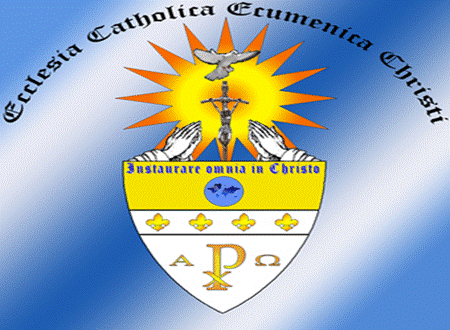
The Enlightenment is one of the most important intellectual movements in Europe in 17th centaury. It is an age of scientific discovery and industrial revolution. It expressed the conviction that man must be guided by the light of the reason. The Enlightenment originated in England in the late 16th century by the philosopher John Locke , and developed intensively in France from 1630 to 1700. One of the most important French philosophers, mathematicians, physicists of this time was René Descartes (1596—1650). His philosophy will be called Cartesian philosophy. He is the first one who asked who am I. I think therefore I am. He believed in consciousness of himself. He was convinced that we construct who we are. He though about the contradiction with religion, saying God made me or I made myself. Decardes is the first who said I think so I can understand whatever is related in me. It's rational. He talked about the rational prove and science, like how the water becomes steam. The Enlightenment influenced many European painters of the middle and late 1700s. Increasingly, artists looked for inspiration in the material world—in nature and human nature. Some artists showed an Enlightenment interest in science and social issues in their work. Others emphasized a new sensitivity toward individuals.
It's interesting to see who lived between 1700-1780. There are no many artists, because of French academy, which in its high point says how it's possible to become a good French person? Obviously, by being as well as Raphael and not better than him. That's why there is no any master artist in 18 century. We see in 1784 Jacques Louis David who is one of the greatest artist in the modern world. In this year he painted Oath of the Horatii which is the important painting by which David has been accepted in the French Academy . It shows the continuation of the standards of Poussin as he interpreted Raphael and it's called Neo-Classical. It has political and controversial aspects such fighting for a French cause and patriotism. It's interesting to see in 100 years there are no big changes between Poussin's Death of Germanicus and the Oath of the Horatii. In these years the painting had political themes and later we see the result of this philosophy of equality and rights in French revolution in 1789.

No comments:
Post a Comment